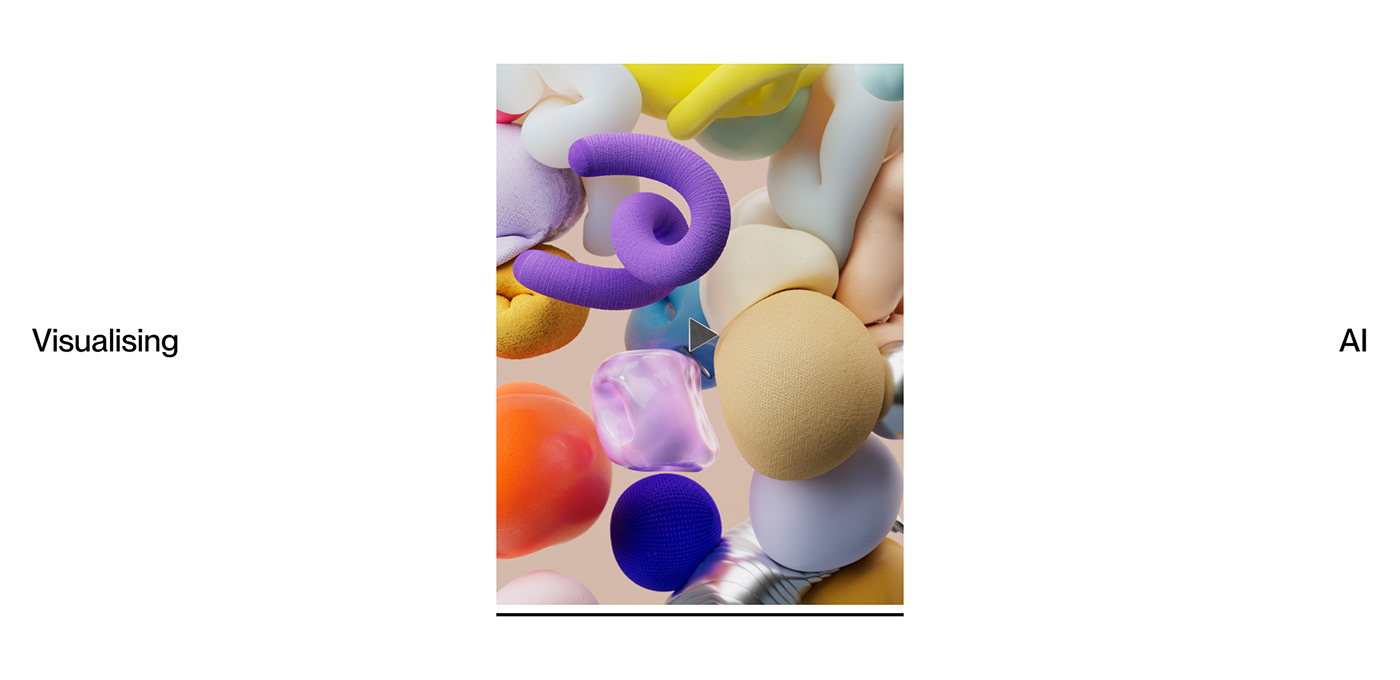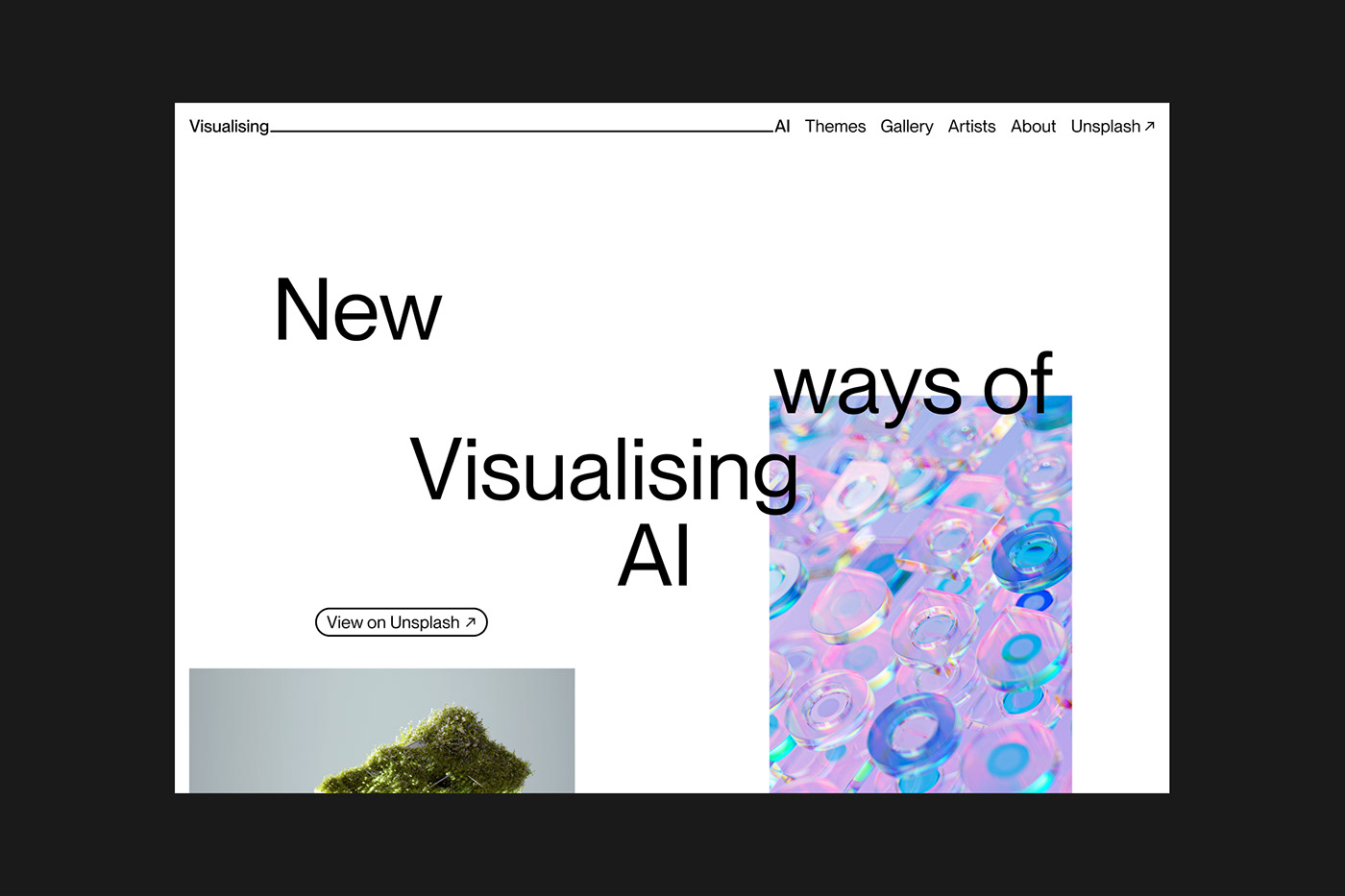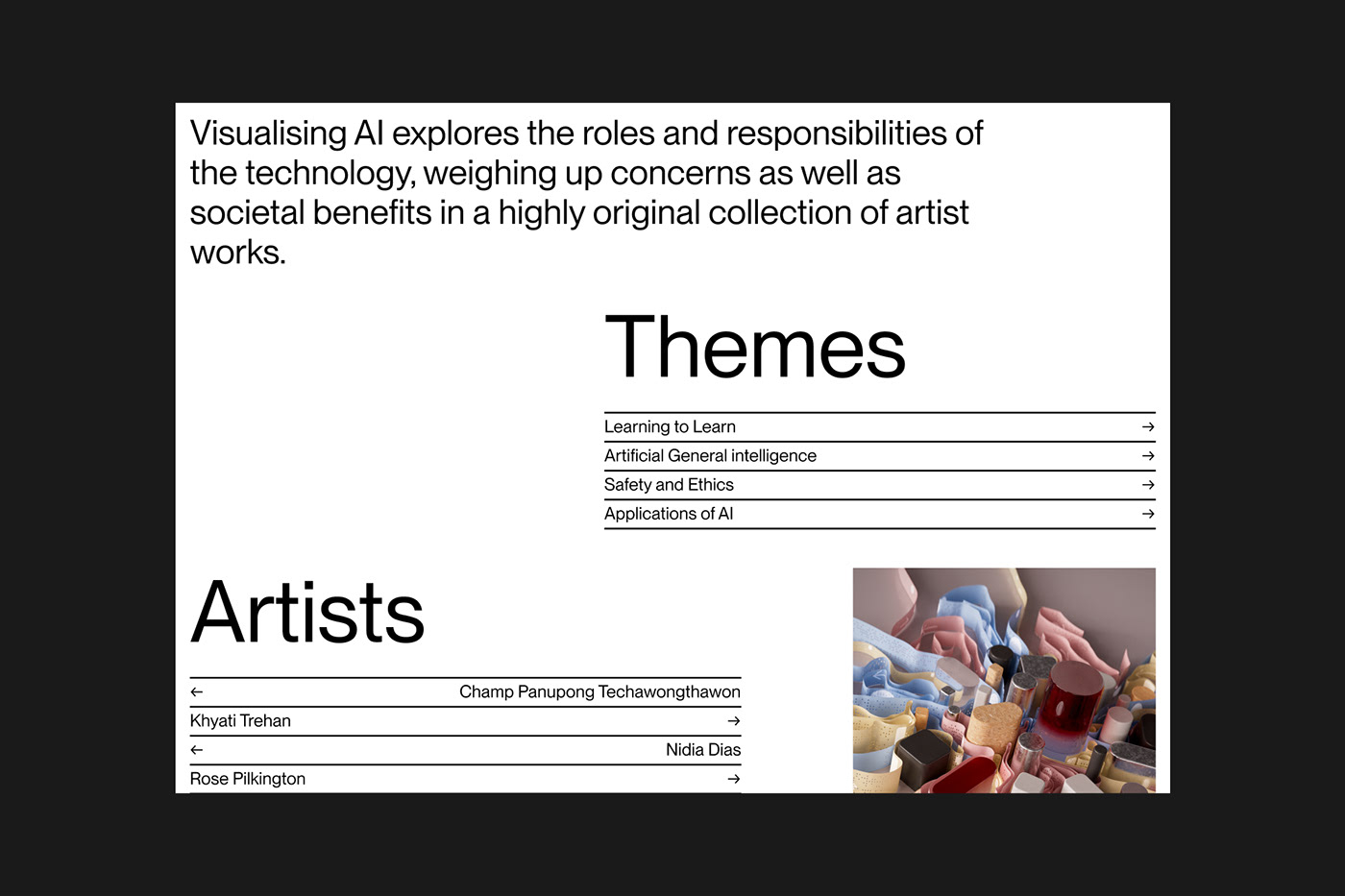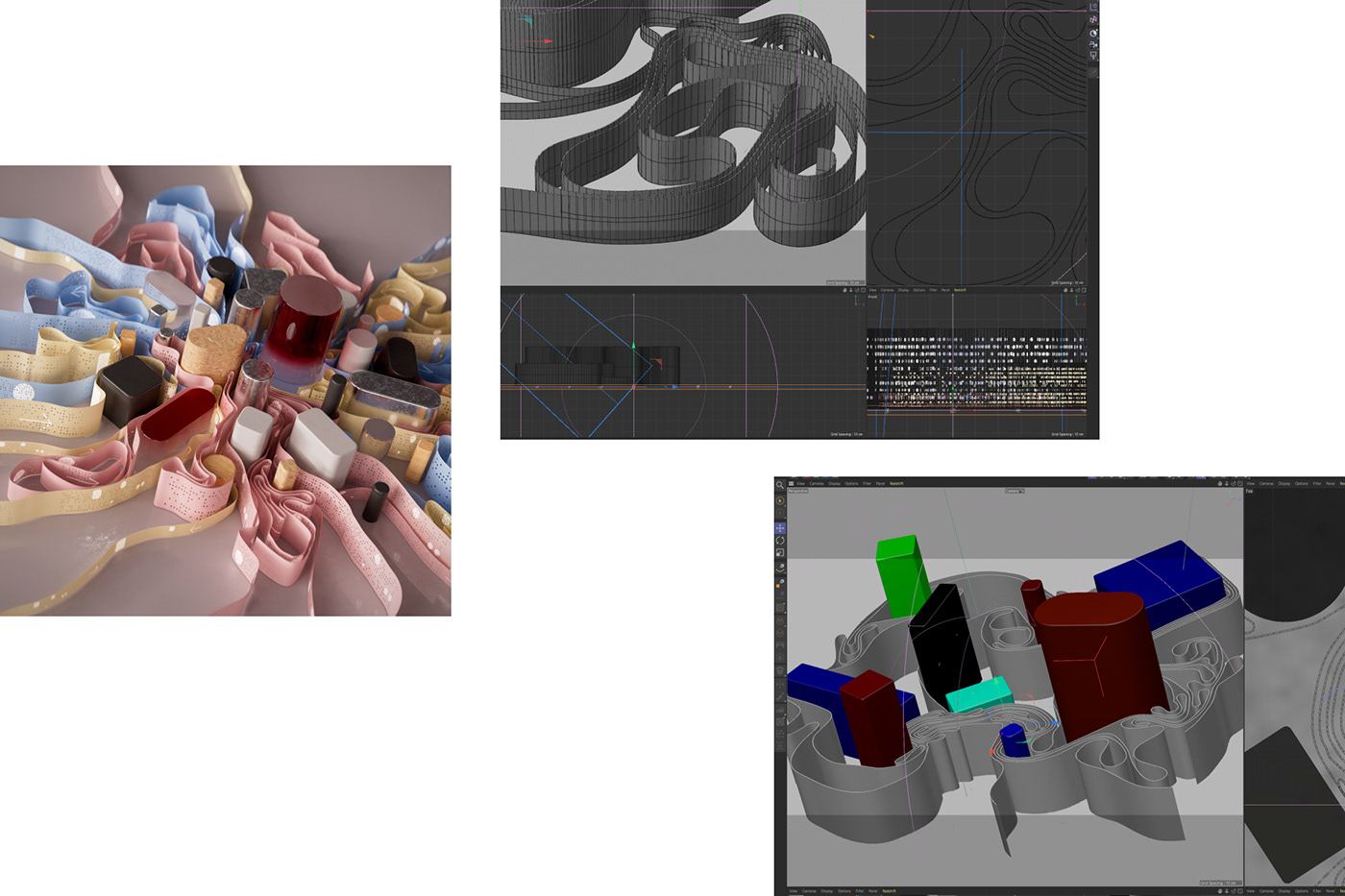
Visualising AI is an initiative by DeepMind that aims to open up conversations around AI. Commissioning a diverse range of artists to create open source imagery, the project seeks to make AI more accessible to the general public. The project explores the roles and responsibilities of the technology. It weighs up concerns and the societal benefits in a highly original collection of works by world-class creators.








Visualising AI invites artists to contribute to the growing open-source collection. The commissioned artworks provide a glimpse into various topics about AI, hoping to encourage further conversation around them. Each artist takes on a theme to transform into unique imagery. The subject matter includes robotics, neuroscience, ethics, safety, methods of machine learning and more. Experts in these fields are paired with the artists to offer further insight. Crucially, the artists’ process is interference free - each artist has creative freedom to visualise the themes however they see fit - from the abstract to the literal, each image is an authentic representation of the artist’s take on AI.
Find out more about the artists:
Artificial General Intelligence
Human intelligence can be defined as our ability to learn and perform a wide variety of tasks in different domains and environments and by exhibiting traits such as reasoning, strategy, problem solving, making judgments when unsure, planning, and communication in natural language. Currently this type of intelligence does not exist computationally. AI, like we see used in our phones and even the algorithms we see in more complex forms like language models, are far more narrow and only able to operate in a specific context. If we are able to one day create Artificial Intelligence that is truly general; able to learn and comprehend any intellectual task in the same manner as a human can, it may help us to solve problems at a pace and scale that humans alone have not been able to. By building and collaborating with AGI we should be able to gain a deeper understanding of our world, resulting in significant advances for humanity.








Learning to Learn
Artificial Intelligence is the umbrella term for a broad range of technologies. At its core, AI involves making computers (such as your phone or bluetooth speaker) intelligent. One of the most well known ways of doing this is through machine learning. This is the general expression for when computers learn from data. There are different methods in which machines can learn such as: reinforcement learning, deep learning, supervised and unsupervised learning. An example of reinforcement learning is training a dog to sit by rewarding desired behaviour. On the other hand, deep learning imitates the way humans gain certain kinds of knowledge. Unsupervised learning is when AI learns desired patterns through repeated imitation.








Safety and Ethics
The superhuman potential of AI is immensely powerful, but only if used in a safe and responsible way. It’s critical to ensure AI is reliable and behaves in a desired way. There are numerous examples of when AI has reinforced unfair biases. AI safety teams keep themselves accountable by applying a set of best practices. This allows them to control systems in operation to ensure an AI system aligns with the operator’s true intentions. Additionally, in order to understand how technological advancements will impact society, research teams collaborate with ethicists, policy researchers and the general public in an attempt to create socially beneficial technology.







Applications of AI
Whether we know it or not, we interact with AI daily through our phones and even many household appliances. AI has well established itself in our everyday lives but it can also be applied to larger, real-world problems with the promise of helping us solve some of the biggest issues threatening humankind. AI can be used to predict the yield of fluctuating renewable energy sources. In healthcare, it has the potential to detect diseases more accurately and faster than humans.


















To make the collection as readily accessible as possible, we partnered with Unsplash to distribute the artworks under an open-source licence.


Accountability by Champ Panupong Techawongthawon
“This represents how AI needs to take constant accountability. Various actions are occurring all around the centre orb which represents AI’s moral responsibilities. The orb centrepiece remains stable to make sure everything is balanced and functional.”
—Champ


Digital Biology by Khyati Trehan
“The first artwork illustrates AI’s effort to understand and predict biological forms and functions. The artwork visualises a scene where dotted lines and strings extend out from an organic form. It represents how Digital Biology can learn and predict unique bifurcating growth patterns. Up until now, visuals depicting AI haven’t done justice to the positive impacts that AGI has had on the world. Visualising AI felt less like a design project and more like a visual movement. I’m so glad I could contribute to it.”
—Khyati

Large Language Models by Tim West
“The streams of data which Large Language models produce can be thought of as ‘contours’. Strings of information flowing around the content they are trained on, responding to the tasks they are asked to perform. As with the previous concept, these forms can respond dynamically to objects which represent the issues within technology.”
—Tim


Compression by Vincent Schwenk
“I wanted to create two different worlds which are divided into a screen (the one in the middle) and a frame (outside one). The uncompressed world isn't nice to look at, it is all super packed and busy, the colors are not very appealing (dark, muddy and grey) this happened because there is just too much data. After the compression of the Data, the image in the middle (represents the final video) is looking way better, the colors are nice and there is even some free space, so that the objects have room to breathe.”
—Vincent









